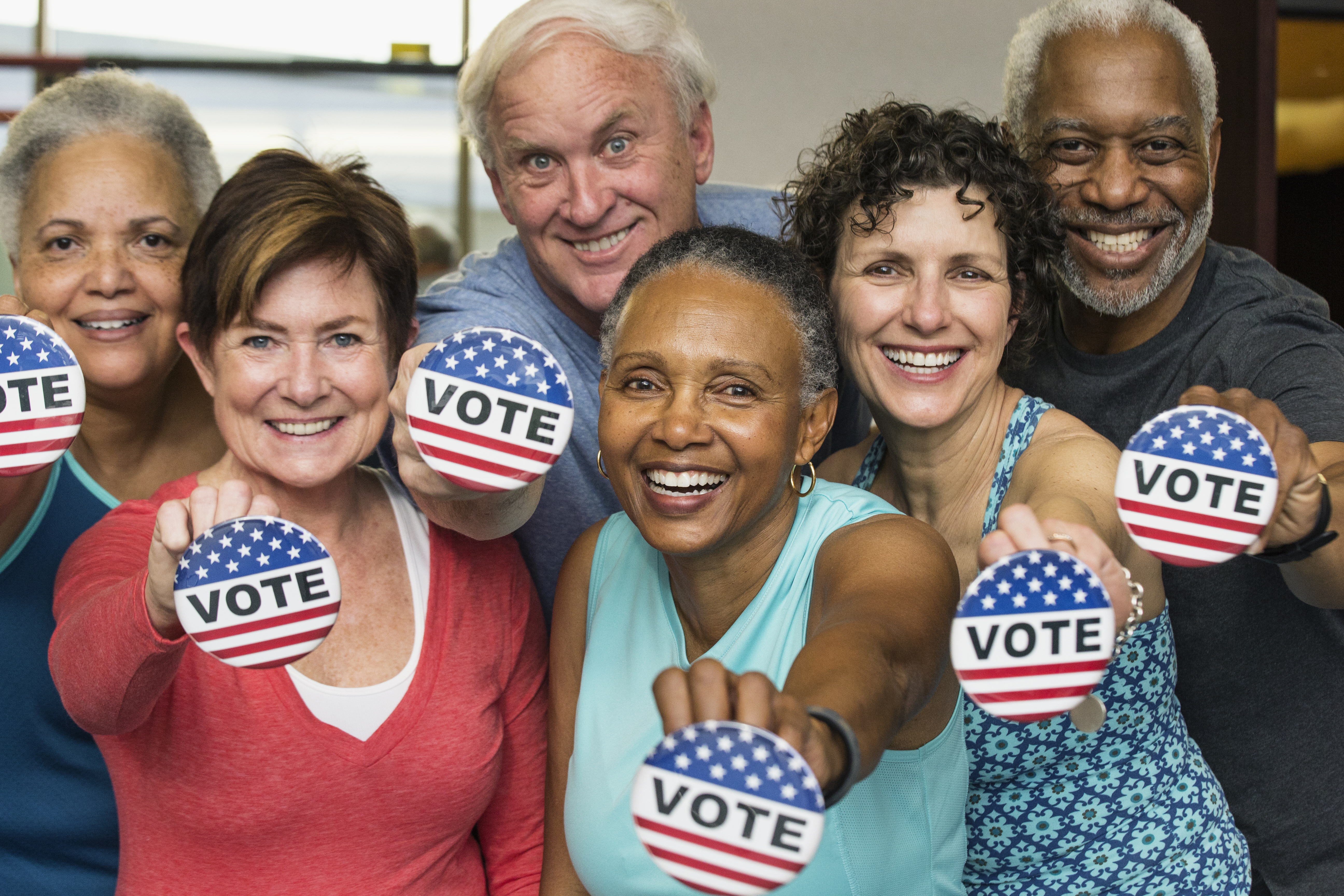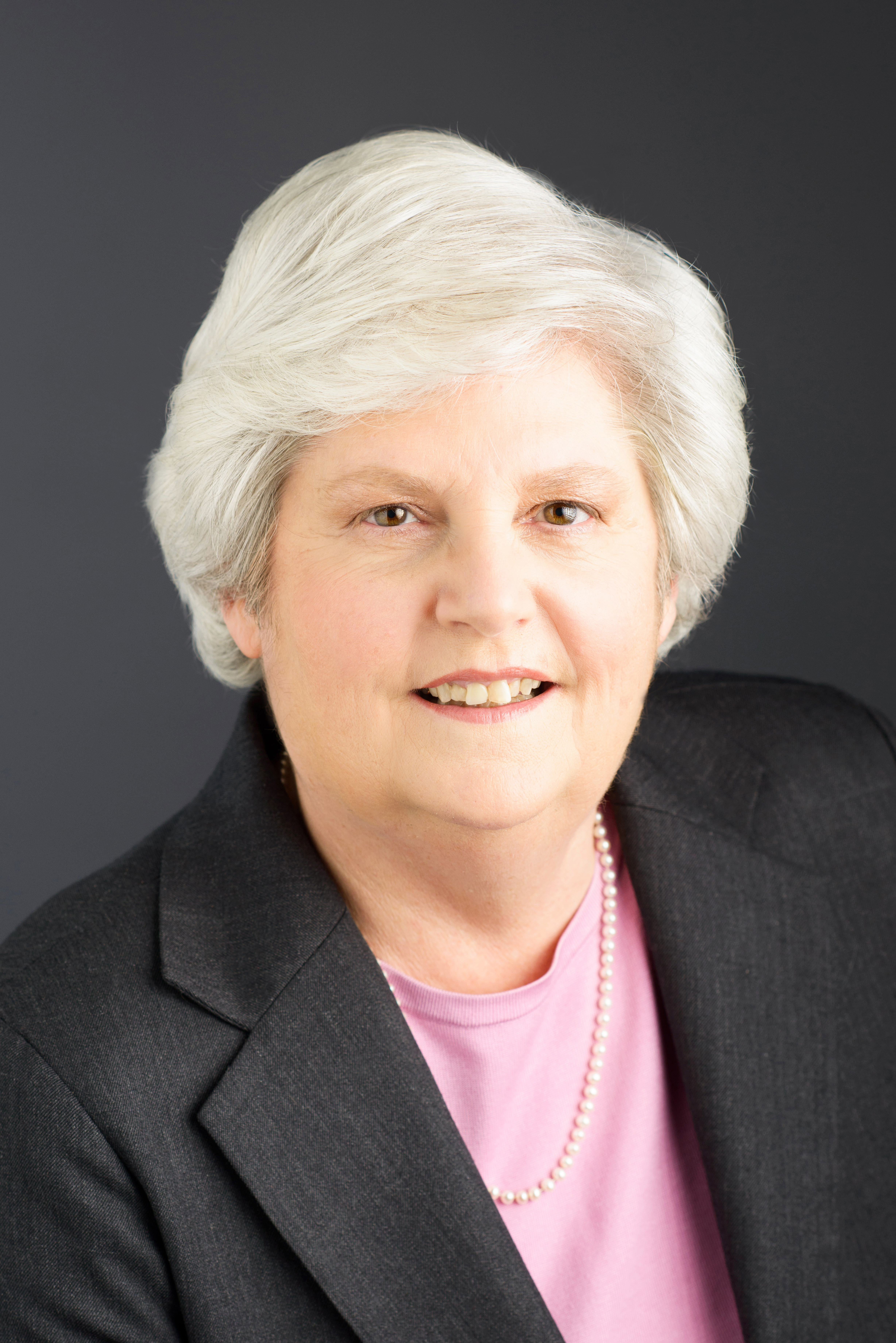AARP Hearing Center
What Candidates Need to Know About Older Voters
By Nancy A. LeaMond, August 6, 2019 03:46 PM

Earlier this month, AARP made a big splash in the run-up to the 2020 elections, hosting a series of presidential forums in Iowa – the first-in-the-nation caucus state. Over the course of six days in five Hawkeye State cities, 17 Democratic contenders answered questions about Social Security, Medicare, prescription drugs and other issues that are top of mind for voters age 50 and up.
Why did so many candidates participate in these forums? Sure, they’re spending a lot of time in Iowa, but I can tell you from experience that getting a campaign – let alone 17 – to commit to being at a particular place at a designated time is no small task. The reason they all made the time is pretty simple. They know that AARP represents a membership of 38 million Americans age 50 and up – and whether it’s a caucus, a primary or a general election, OLDER VOTERS SHOW UP!
Election after election, the majority of people who cast ballots are age 50 and over. As a banner in the press room at each of Iowa forums said: “Reminder: 60% of Iowa caucus-goers are over the age of 50.” That’s the same percentage that turned out in the 2018 mid-terms. In 2016, the percentage was 55%. The numbers aren’t that different in the nation as a whole. An AARP analysis of voter file data found that 56% of the electorate in 2016 was 50+, and a similar analysis conducted this year by Catalist found that older adults made up 60% of the electorate in 2018.
The bottom line: candidates ignore older voters at their peril!
AARP doesn’t take sides when it comes to elections. We don’t endorse candidates or make political contributions. But, that doesn’t mean we sit on the sidelines. As our Iowa forums show, we encourage candidates to connect with older voters and urge them to talk about the issues that matter to AARP’s 38 million members and our broader constituency.
Here are a few tips:
- Reach out early, because older voters decide early. Heading in the 2018 mid-term elections, more than two-thirds of voters age 50 and up decided which candidate they would vote for more than one month before the election.
- Understand that older voters are NOT a monolith, and they’re not a lock for either party. In terms of political affiliation, a third of older voters identify as Democrats, slightly less than a third say they are Independents, and slightly more than a third say they are Republicans. In 2018, rural older voters swung heavily Republican, while their city counterparts went heavily Democratic. The battleground was in the suburbs where older voters split down the middle.
- Be prepared to talk about Social Security and Medicare. Protecting and strengthening these programs for the future consistently ranks as a top priority for the 50+ across the political spectrum.
- And don’t forget about health care costs, economic and national security. Beyond Medicare and Social Security older, Democrats and Independents prioritize making health care more affordable, while older Republicans put a higher priority on economic growth and national security.
- Show up on local news and Facebook! More than three-quarters of older voters watch local television news at least a few times a week, and more than half read the local newspaper (in its paper form!). The 50+ are also online, though not on Twitter. More than half of 50-64 year olds read news websites and close to half (47%) of ALL older voters use Facebook regularly.
As campaign season kicks into high gear over the next year, AARP will also be making sure that older adults hear directly from candidates about the issues they care about most. One of the best ways to do that is through video voter guides. After our Iowa forums, for example, each of the candidates was given an opportunity to tape answers to a few key questions. You can check out their videos here.

Nancy LeaMond is the chief advocacy and engagement officer for AARP, widely seen as one of the most powerful advocacy organizations. Leading its government affairs and legislative campaigns, she has the responsibility of driving the organization’s social mission on behalf of Americans 50-plus and their families. She also manages public education, volunteerism, multicultural outreach and engagement, and she directs major AARP initiatives that include supporting family caregivers through advocacy, education and innovative programs, and expanding AARP’s local footprint in communities across the country.































































